Most of the responses involve converting the table view component to a cell-based table view. If that’s what you want then that’s fine, you’re good to go. At the time the question was asked, cell-based tables were the norm and when Apple changed the window component to a view-based one it obviously caused a lot of confusion. Today, Apple’s docs recommend that you should use view-based rather than cell-based tables.
The problem described in the question arises if you use - tableView:objectValueForTableColumn:row: in your datasource. You cannot use this method with view-based tables, it is only for cell-based tables. Instead you need to use the NSTableViewDelegate method - tableView:viewForTableColumn:row:. You don't need to make the object conform to the NSTableViewDelegate protocol to use this method but it must be set as the delegate of the table.
In response to Cœur, quoting from the Apple On-line docs.
NSCell-Based Tables Are Still Supported
In OS X v10.6 and earlier, each table view cell was required to be a subclass of NSCell. This approach caused limitations when designing complex custom cells, often requiring you to write your own NSCell subclasses. Providing animation, such as progress views, was also extremely difficult. In this document these types of table views are referred to as NSCell-based table views. NSCell-based tables continue to be supported in OS X v10.7 and later, but they’re typically used only to support legacy code. In general, you should use NSView-based tables.


